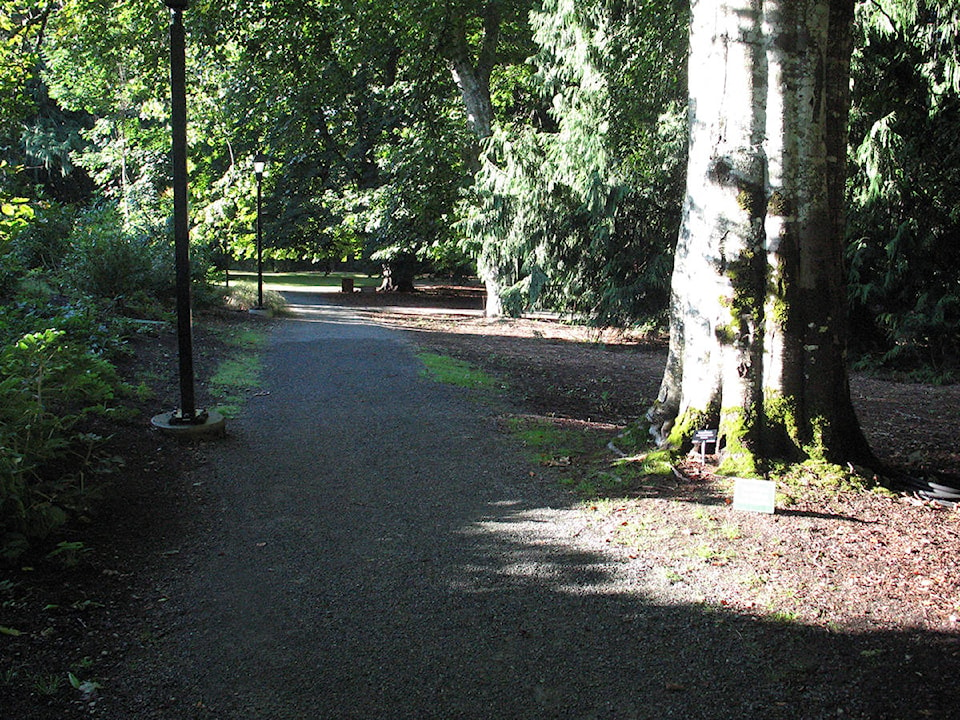Only a politician could make a silk purse out of this assault on the museum’s reason for being.
If you haven’t noticed by now, you likely never will, but I do like to write about coal mining.
Historically, for the most part, and mostly on Vancouver Island because that’s my stomping ground. Researching in archives and libraries is all very well but field research is where the real fun lies.
And I’m never happier or more relaxed and contented with my lot in life than when scratching about a long abandoned coal mine.
But it’s also fun to follow the international news on coal production if only to keep things in historical context.
Coal has become a particularly dirty word to environmentalists and what with global warming and all that, many western nations have come to look upon its continued use with increasing disfavour.
Not that this has crippled production of the fossil fuel that fired the birth of the Industrial Age. Millions of tons of thermal coal are still mined in many countries, Canada and the U.S. included, to produce heat, to fire electrical generators and smelters, to propel machinery and…
In June it was reported that coal production is up in the U.S. (thank you, Donald), China and India, which were already the world’s three biggest coal users.
This follows a 6.5 per cent decline in 2016 which was said to be the largest drop on record. (In March Canadian coal production was reported to be at its lowest in three decades.) But the latest, increased production figures are a “setback to efforts to rein in climate change emissions,” according to the Associated Press.
Politics as well as big business and economics are the major players here.
But I’ll leave readers who are so inclined to study that for themselves on the financial pages. As I said, my interest in coal mining is in the human drama of the Island’s industry during its 80-90-year history.
But I can’t leave this subject without sharing this chuckle from Benham, Kentucky, home of that state’s Coal Museum. The museum that exists to tell the story of Kentucky’s long history as a miner and producer of coal is going to heat itself by installing solar panels on its roof!
The use of coal throughout the state of Kentucky is, in fact, under siege as more coal fired power plants are being replaced by natural gas. As further dramatic evidence of changing times, the state recently lifted its decades-old ban on nuclear power.
Only a politician could make a silk purse out of this assault on the museum’s reason for being. Former state representative Roger Noe, who sponsored the legislation that created the coal museum, rationalized by noting that both coal and the sun’s rays “come from nature so it all works out to be a positive thing”. Sure, Roger.
Today Benham, which once had up to 3,000 residents, is down to just 500 citizens but was chosen as the site of the coal museum for its coal mining heritage. The museum, since 1994, has been housed in the former coal company’s commissary building.
Which just so happens to be the best situated building in town for receiving the sun’s rays. Hence the solar panels which are expected to save as much as $10,000 U.S. annually in energy costs.
Much closer to home, another memento to coal, Hatley Park, is in the news. That’s the former home of coal baron James Dunsmuir’s castle which sits on 700 acres of the primest real estate on all of Vancouver Island. It was designated a national historic site in 1995—the largest in Canada because it also applies to the forests around the castle and former military college which now function as Royal Roads University.
According to the university’s 2006 campus plan, Hatley Park is the only national historic site that “recognizes the forest as a key component of its commemoration. This special trait is to be enhanced and respected through the development and growth of the university and efforts must be made to repair and restore the historic and natural landscapes.”
That altruistic goal is at the very heart of the park’s future because the owner, the National Department of National Defence is looking at disposing of it. Already, expressions of interest in purchasing the land have raised public concern for the property’s preservation.
The irony is that national historic site designation is just like an honourary degree — it’s strictly on paper and has no legal standing in terms of ownership and stewardship. According to Parks Canada, the designation doesn’t affect ownership of the site or provide protection against destruction.”
At last report, discussions between DND and at least two suitors on the land’s future were said to be “ongoing”.
